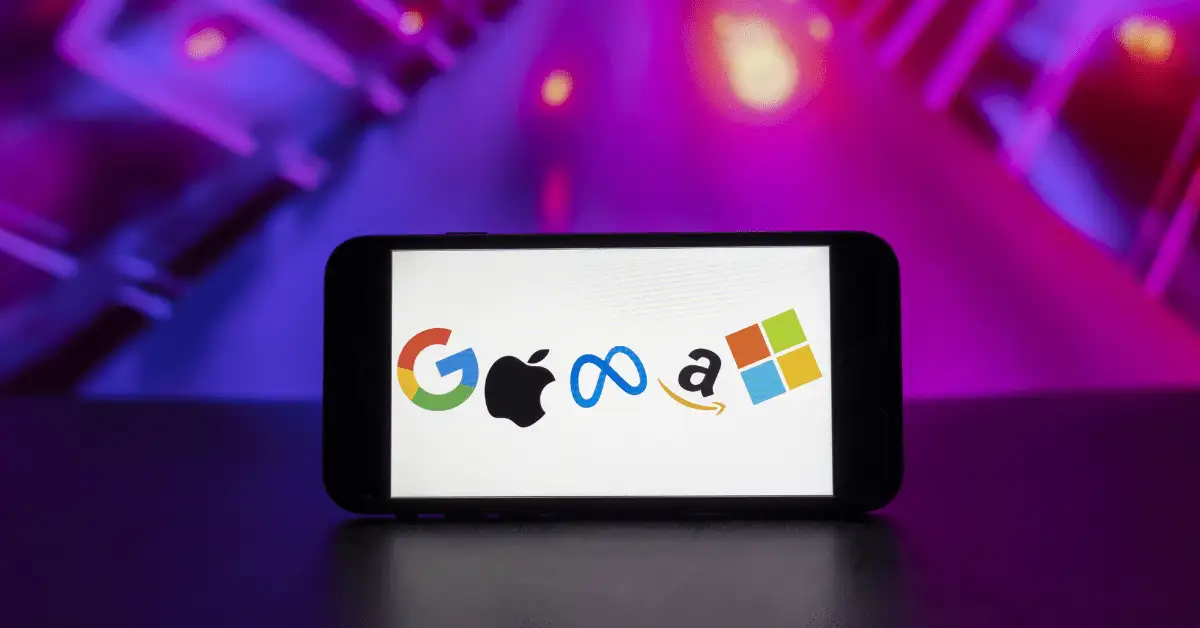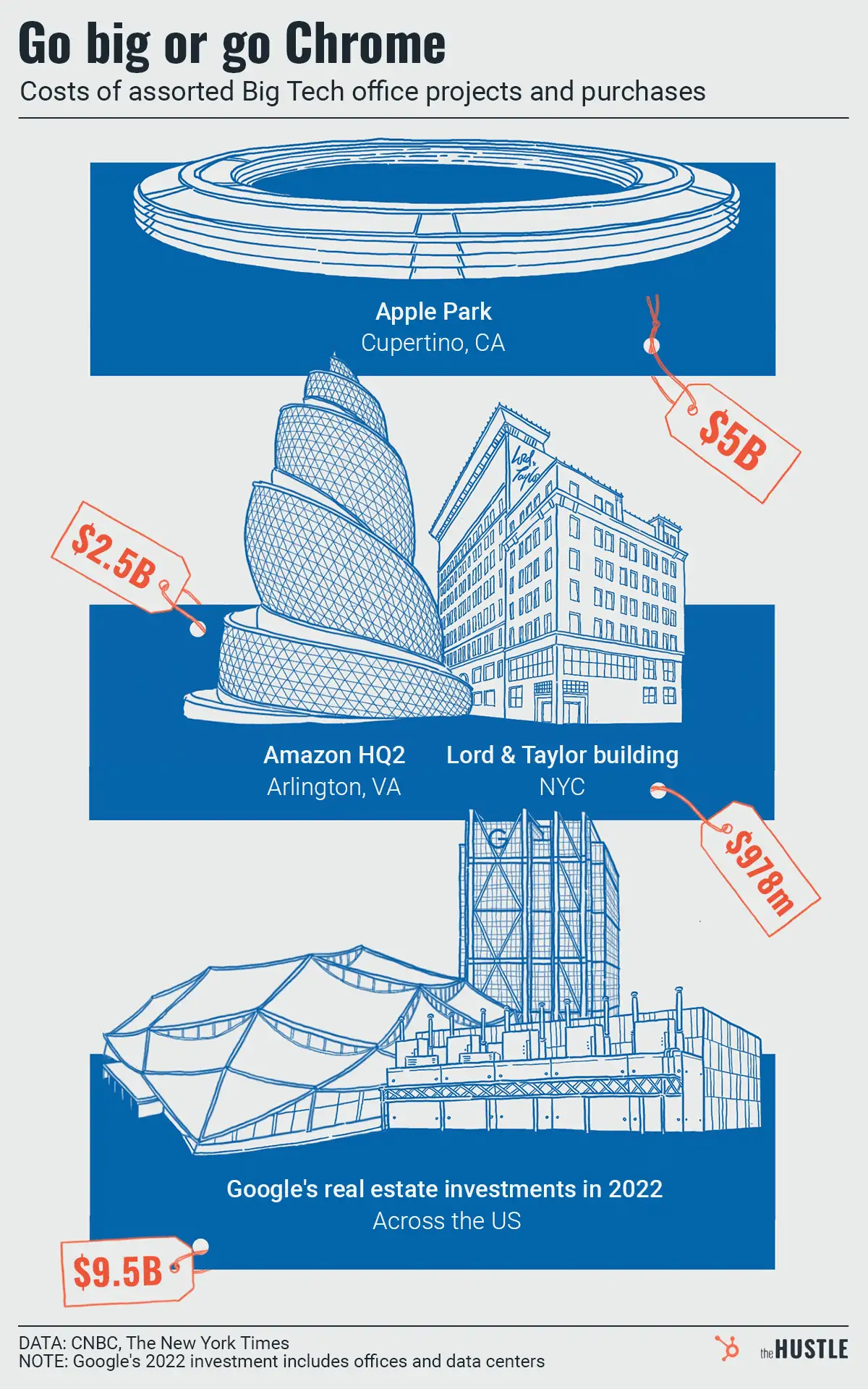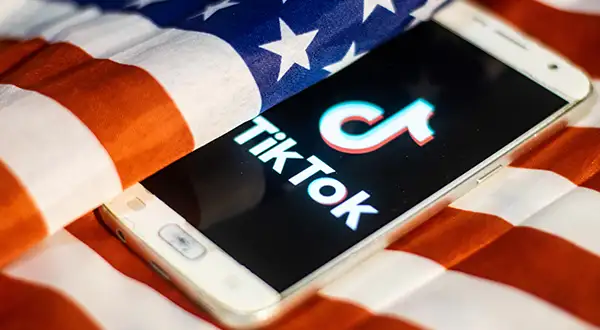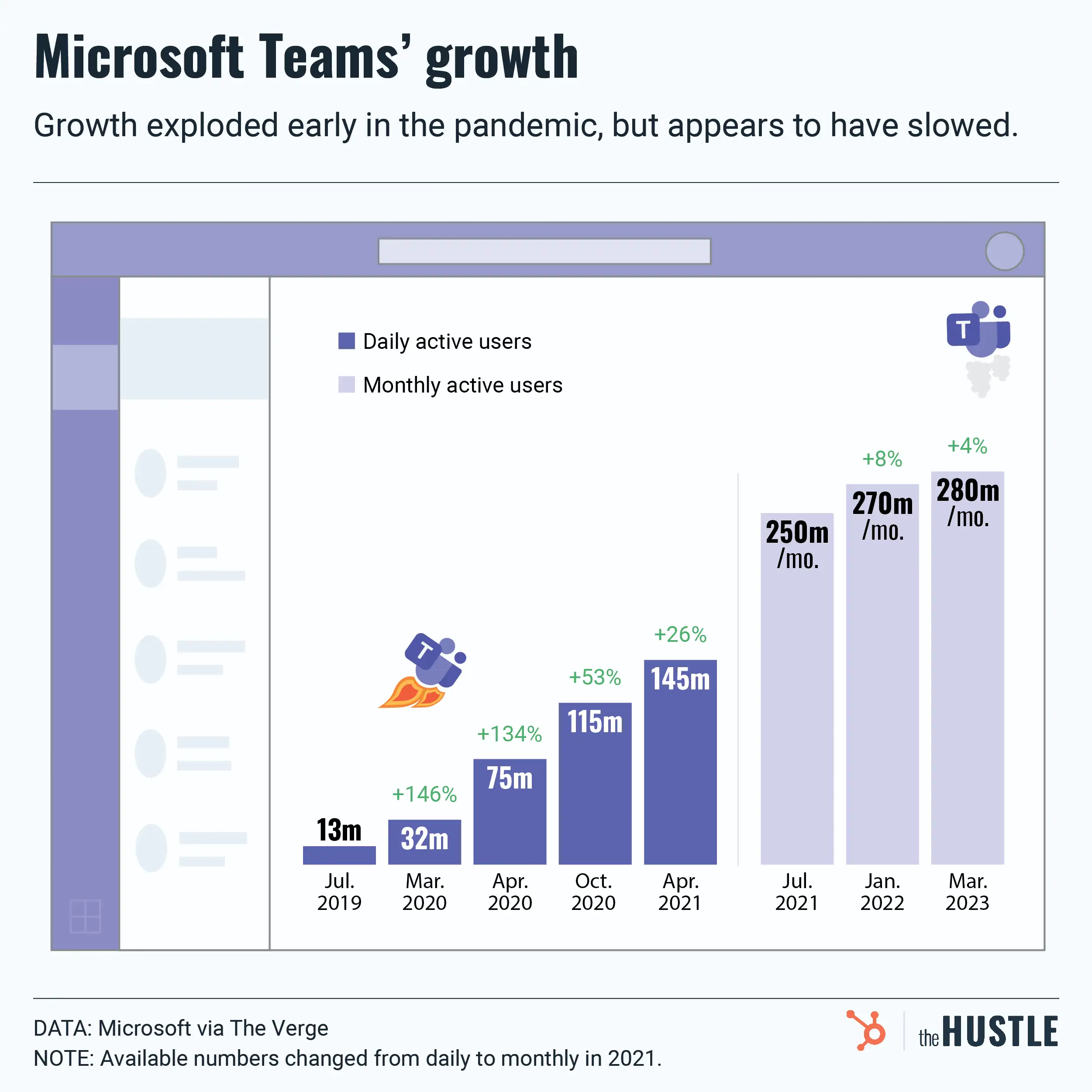
A Microsoft font is scandalizing Pakistan’s First Family
Calibri is an unassuming little font: it’s soft, warm, subtly rounded — and, as the default typeface of play-it-safe Microsoft Office, it’s the last creation you’d ever expect to draw ...
Published:
Updated:
Related Articles
-

-

Big Tech power rankings: Where the 5 giants stand to start 2024
-

The government can read your push notifications
-

Microsoft’s Satya Nadella: A solid first pick in any fantasy CEO draft
-

Enshittification just keeps happening
-

After years of building pricey playgrounds, Big Tech recalibrates
-

TikTok’s new plan to avoid getting banned in the US
-

Why are there so many tech layoffs?
-

Is eBay’s brief renaissance over?
-

Whether or not it’s the answer we want, Microsoft has one for Zoom fatigue

